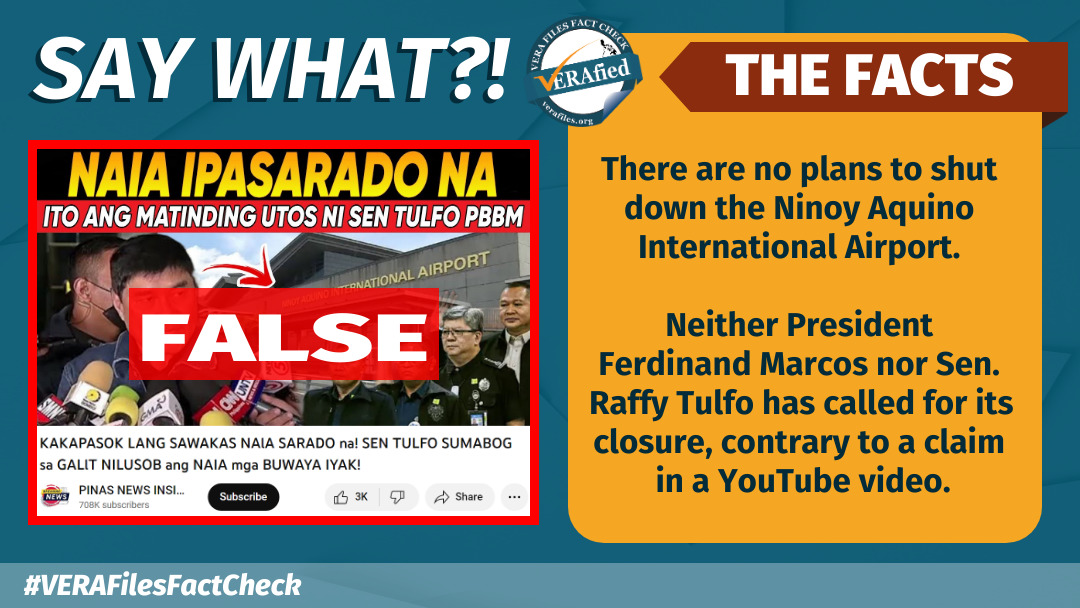It was probably the only airport in the world tied to a dictator’s name, but only anecdotally. Often informally referred to as Hitler’s Airport, its official name was actually the Berlin Tempelhof Airport.
Adolf Hitler had ordered to build the capacious terminal building that was the biggest of its time to project it as the hub of his dreamed Germania totalitarian state. During the war, the facility contained a Gestapo prison and Berlin’s only concentration camp. The German government officially closed Tempelhof in 2008 and transformed it into a park and recreational space.
For the rule of thumb is: no airport in the world should be named after a dictator.
Many airports are named after deceased presidents, however.
“Airports gain a certain level of prestige when a president is associated with it. This may encourage more people to visit if they have respect for the aforementioned president,” the blogger AirportNerd claims in a list of interesting oddities of airports.
Conversely, the reality is also true that not all airports in the world are named after presidents. There are significant individuals who have provided more esteemed stature to their country’s social and cultural standing before the world than presidents.
Four airports stand out for that: Rio de Janeiro’s Antonio Carlos Jobim Airport after Brazil’s world-famous bossa nova musician; Tirana’s Nënë Tereza Airport after the Albanian-born Mother Teresa, the well-loved saint of the gutters; Rome’s Leonardo da Vinci Airport after the great polymath of the High Renaissance; and perhaps the most poignantly named airport in the world – Antoine de Saint Exupéry Airport in Lyon, France’s after its native son, the writer and aviator best remembered for the novella, The Little Prince.
Exupéry’s solo reconnaissance flight in July 1944 to collect intelligence on German troop movements vanished without a trace. Between 1998 to 2000, the aviator’s bracelet bearing his name and that of his wife Consuelo, along with debris from his Lockheed P-38 Lightning plane, were found off the coast of Marseille. The discovery was an emotional event in the whole of France. The objects are today part of the Air and Space Museum in Paris.
An emotional event – that is why airport names are often the stuff of durable real-life affairs that give iconic identity to a country. That identity lends a lasting imprint on a nation’s tourism industry. It entices travellers to visit. An airport is always the country’s opening window to the world.
If the Ninoy Aquino International Airport were to be named Ferdinand E. Marcos International Airport (FEMIA) as Rep. Arnolfo Teves has suggested, will tourists be enticed to visit the country? Would travelers want to come to a country whose major gateway to the world is named after a butcher-kleptocrat who presided over a tyranny of 1,473 documented killings, more than a dozen recorded civilian massacres (excluding about eight others against the Moro people of Mindanao), and around $5 to 10 billion stolen by his family from the national treasury?
What tourists would come to the Philippines if we were to stake our reputation as a country of authoritarian villains and human rights violators? Mr. Teves wants to make us worse than a banana republic.
No airport in the world has been named after Joseph Stalin, Benito Mussolini, Robert Mugabe, Idi Amin, Augusto Pinochet, Pol Pot, Slobodan Milosevic, Saddam Hussein, Hideki Tojo, Juan Peron, Josip Broz Tito, Baby Doc Duvalier, Emperor Bokassa who are among the most brutal dictators and scoundrels of ill-repute in the 20th century. A notorious list that, of course, includes Marcos.
Spain, for example, named its major airport the Adolfo Suarez Madrid Barajas after its first democratically-elected president when it transitioned with the death of Generalissimo Francisco Franco in 1975. Dictators are bad tourism markers. They are no good for the country’s image. It sends the wrong vibe to tourists.
There already are two airports in the country named after members of the Marcos-Romualdez clan. The Imelda Marcos Airport in Mati, Davao Oriental is the most scandalous because it carries the name of a living person. It is currently being renovated to accommodate commercial aviation, writes the Mati-based writer Ferdinand Zuasola.
Then there is the Daniel Z. Romualdez Airport of Tacloban City that got its name during the martial law period at the height of the Marcos regime, according to the Visayas historian Rolando Borrinaga. Obviously these were self-serving branding.
Now that another Marcos is in power, congressmen are rushing to make sipsip to the new dispenser of their pork lard. I use the Tagalog term because if I translate sipsip to English, my editors may not publish it.
Enough of the multiple naming of places, universities and towns after members of the Marcos family.
The views in this column are those of the author and do not necessarily reflect the views of VERA Files.





